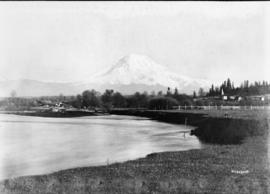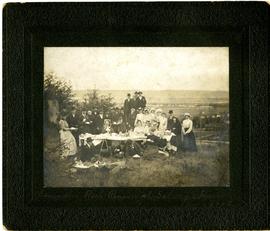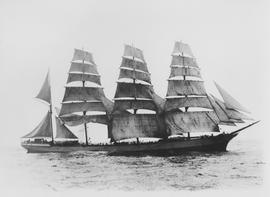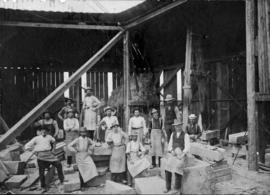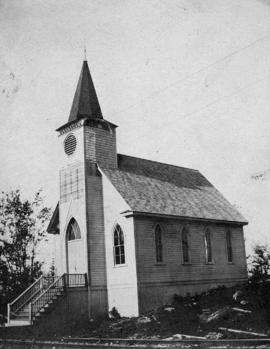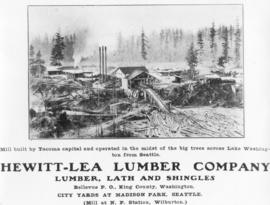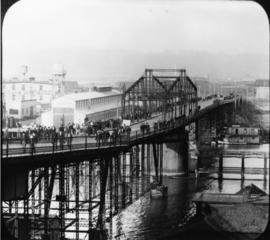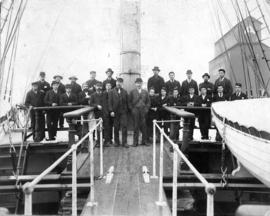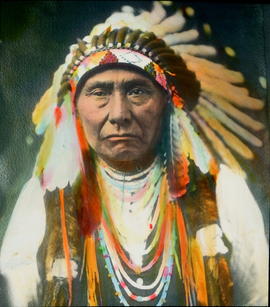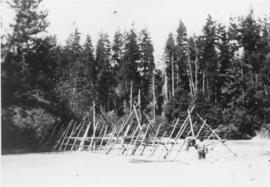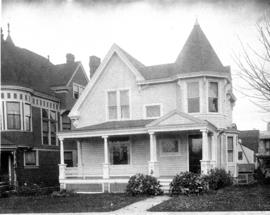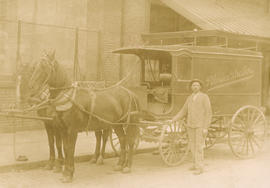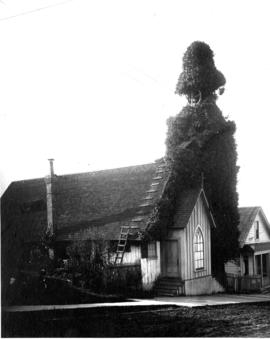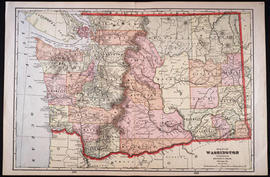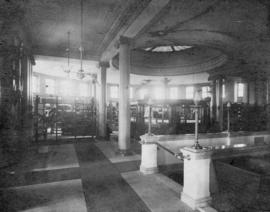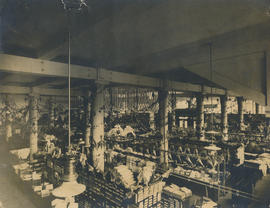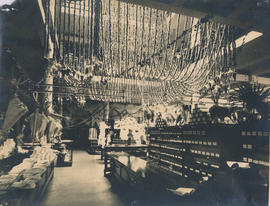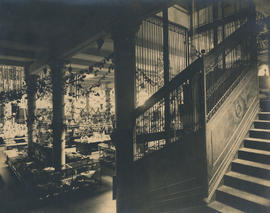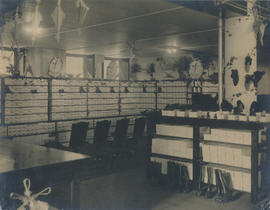ca. 1903. This large Victorian style home with veranda at 107 South G Street was the residence of Col. Marshall K. Snell, prominent Tacoma attorney, who practiced in the State of Washington for more than fifty years. Another view of the house can be seen at TPL 1021 with a few landscaping differences. Col. Snell, an Iowa native who was educated at the University of Wisconsin, came to Tacoma in 1888. He was involved in criminal defense and later corporate law. His second wife Bertha was the first woman to be admitted to practice in Washington and became her husband's law partner throughout the rest of his life. Col. Snell made time for a variety of interests besides law including breeding and showing horses, farming problems and solutions and developing good roads to make marketing farmers products easier and more beneficial to the growers. School, church and community center sites were donated by Col. Snell for the betterment of others. Col. Snell would pass away in Tacoma on April 19, 1939, at the age of 79. (Downs, Winfield, Encyclopedia of Northwest Biography, p. 109-110-article)
Snell, Marshall K.--Homes & haunts;
